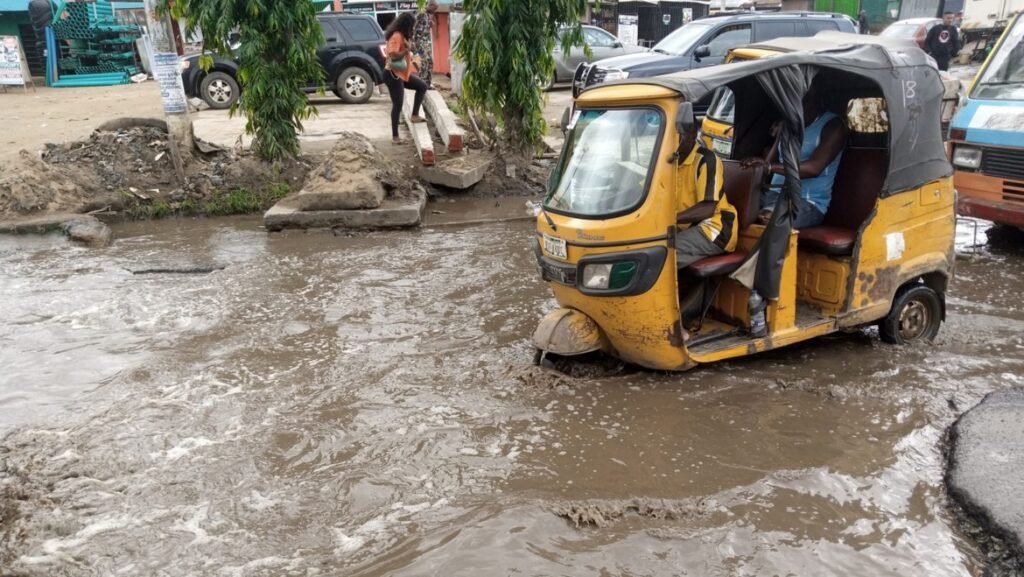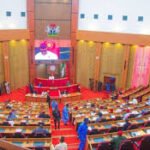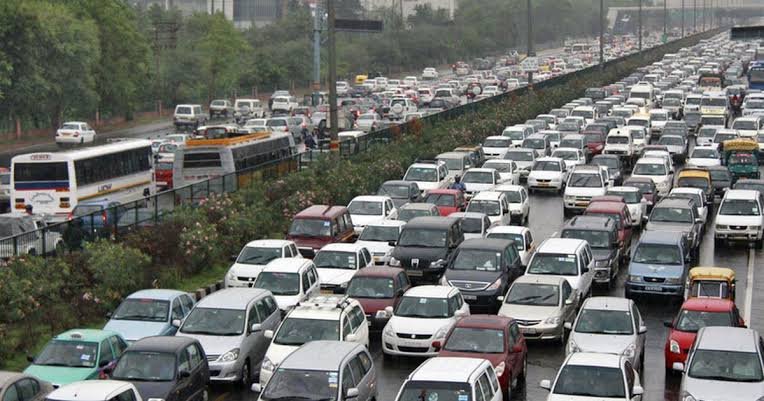In the wake of the fuel subsidy removal, Lagosians experienced a temporary reprieve from the infamous gridlock that had become synonymous with the city’s roads and made it one of the worst cities to live in.
The initial relief was also aided by the school holidays, which lightened the usual congestion.
However, as schools resumed, it appears that heavy traffic has made a swift return, plaguing commuters once more.
Mrs. Helen Adedamola, a teacher, lamented, “What used to be a 25-minute drive to my school from Badore to Ikota has now become a grueling 60-minute ordeal.”
Her frustration mirrors the sentiments of countless others driving in their vehicles or mounting the sometimes, unpleasant dour of danfos or koropes.
While it is easy to blame the schools resumption for the gridlock but the resurgence of gridlock can be attributed, in part, to the deplorable state of many roads across Lagos.
Dilapidated sections and waterlogged areas in Sangotedo, Ajah, Victoria Island, Ikotun and Ikorodu have exacerbated the situation.

Mr. Biodun Adeleke, Olabisi Sogunle, and Engr. Bankole are among those vocalizing their concerns.
Mr. Adeleke emphasizes, “Our roads are in shambles, especially Sangotedo and Ajah; they are flooded, leading to colossal traffic jams.”
“Urgent intervention from the government is urgently needed to address this crisis, adds Mr. Sogunle.
Engr. Bankole echoes this sentiment, saying, “We cannot keep ignoring the state of our roads. It’s high time the government took decisive action to alleviate this suffering.”
As Lagos grapples with the revival of heavy gridlock, citizens and experts alike are calling for swift government action to alleviate the congestion and repair the deteriorating road infrastructure.
The return of traffic has brought to light the pressing need for comprehensive solutions to ensure smoother commutes and improved quality of life for all residents.








